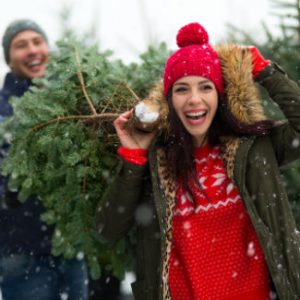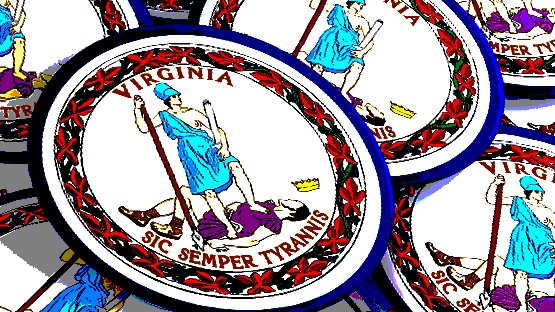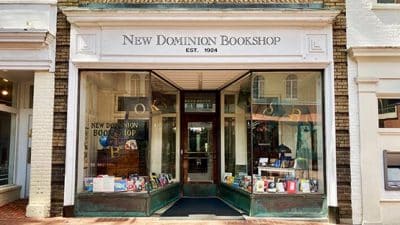
It’s a popular holiday tune. “O Christmas tree, O Christmas tree, How lovely are thy branches.” But how do you keep the branches looking lovely all season long?
“Start by picking the right Christmas tree,” says Joel Koci, associate Extension specialist in agriculture and natural resources at the Virginia Cooperative Extension at Virginia State University.
There are around 350 million real Christmas trees growing in the U.S., and 25-30 million of them make their way to homes across America for the holidays.
In fact, Virginia is home to more than 500 Christmas tree farms. With annual sales of Virginia Christmas trees around $10 million, the Commonwealth’s Christmas tree industry is a strong contributor to the state’s agricultural economy.
So what should you look for when buying a live tree?
Koci, a board certified Master Arborist®, offers tips on how to select, care for and dispose of Christmas trees.
“Trees are like produce. You want the freshest one you can find. The fresher, the better,” Koci says. “If possible visit a cut-your-own tree farm in your area—that’s the best way of making sure you have a freshly cut tree.” If that’s not an option and you’re buying your tree from a lot, ask the salesperson where the trees were grown and when they were harvested.
Buying a Virginia grown Christmas tree is not only an important way to support Virginia farmers, but is also great for the environment, as Christmas trees are both renewable and recyclable, and for every tree cut, growers replant two to three seedlings in its place. You can search for Virginia Christmas tree growers online at VirginiaGrown.com and on the Virginia Christmas Tree Growers Association’s website at VirginiaChristmasTrees.org.
Koci advises talking with your local county Extension agent to learn about the best local trees in your area.
Trees suitable for Christmas have different characteristics so it’s good to know what you’re looking for in a Christmas tree. Here are some popular holiday tree picks.
- Frasier fir: Holds needles the longest of most soft-needle trees. It’s fragrant, easy to decorate and one of the most desirable and available trees. The Fraser fir is native to southwest Virginia and North Carolina.
- Spruce: Has prickly needles; loses needles early; is expensive and hard to find.
- Juniper (Eastern Red Cedar): Native and easy to find in the wild. Its prickly, weak limbs make it hard to decorate, and it dries out rapidly.
- White Pine: Very limp limbs make it hard to decorate; has medium needle retention; and no fragrance.
Whatever tree you choose, remember to inspect it before leaving the lot. Here’s what to look for when inspecting a Christmas tree.
- Observe the overall shape and whether the needles are a good green color. If the tree is off-color, choose another.
- Tamp the butt of the tree on the hard ground to shake out old needles and any debris.
- Once you have selected your tree, have the lot salesperson cut 1–1.5 inches off the end and place the butt in water for a day.
A good tree stand is essential for keeping your tree at its best through the holidays, Koci says. Most trees will have a 6 inch diameter at the base. Make sure your stand is large enough to hold the tree. Water the tree as soon as you place it in the stand and keep the water level around the trunk about 2–3 inches. The tree will keep absorbing water until the tree plugs its water conducting vessels.
The tree is unsafe and a high fire hazard when the green needles turn a grey/green color and fall off when you pull on the twig. There is no scientific evidence that any additives to the plain water will increase the water uptake and prolong the absorption of water, Koci says.
Before decorating, check electric cords of tree lights for frayed insulation. Do not use if the cord is frayed or if light sockets are malfunctioning. The heat buildup from poorly maintained electrical cords and sockets could ignite a tree. Keeping pets away from the tree is also a good idea.
After the holidays, recycle your tree, which is beneficial, especially for urban wildlife. Used Christmas trees can be placed in a pond for fish habitat or piled in the open for bird or small mammal cover and breeding. Trees can also be placed near a window and decorated with bagels with peanut butter, pinecones with peanut butter and other fruits tied to the limbs, which provide birds a place to roost and feed and birdwatchers a great view to observe the birds.










